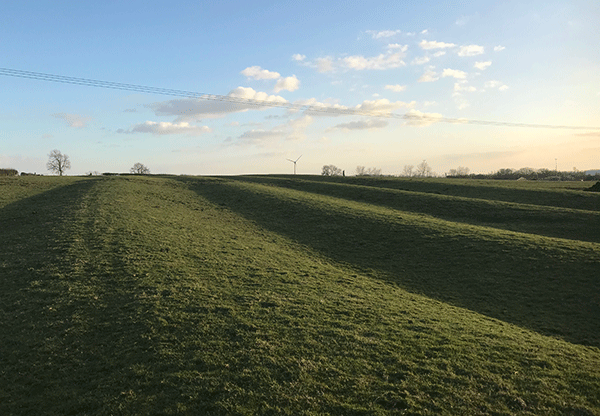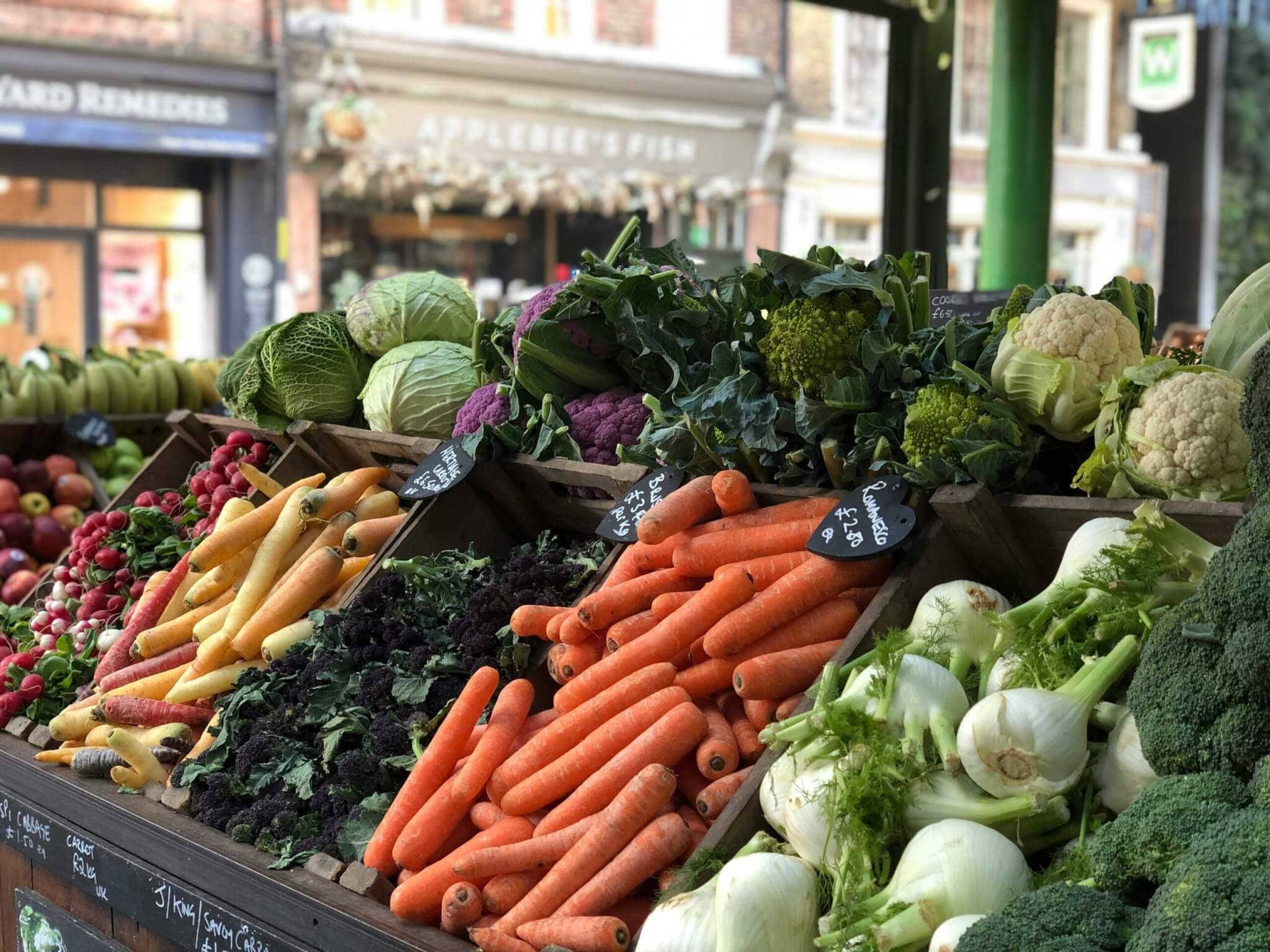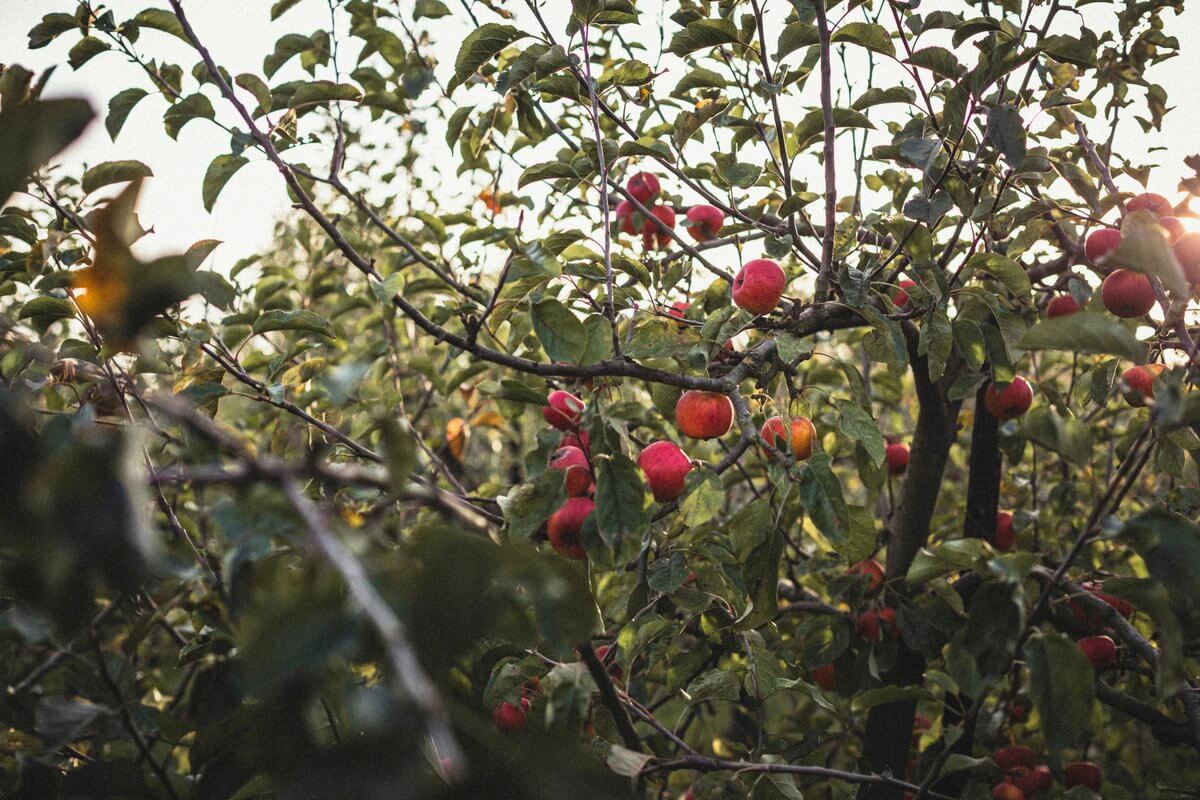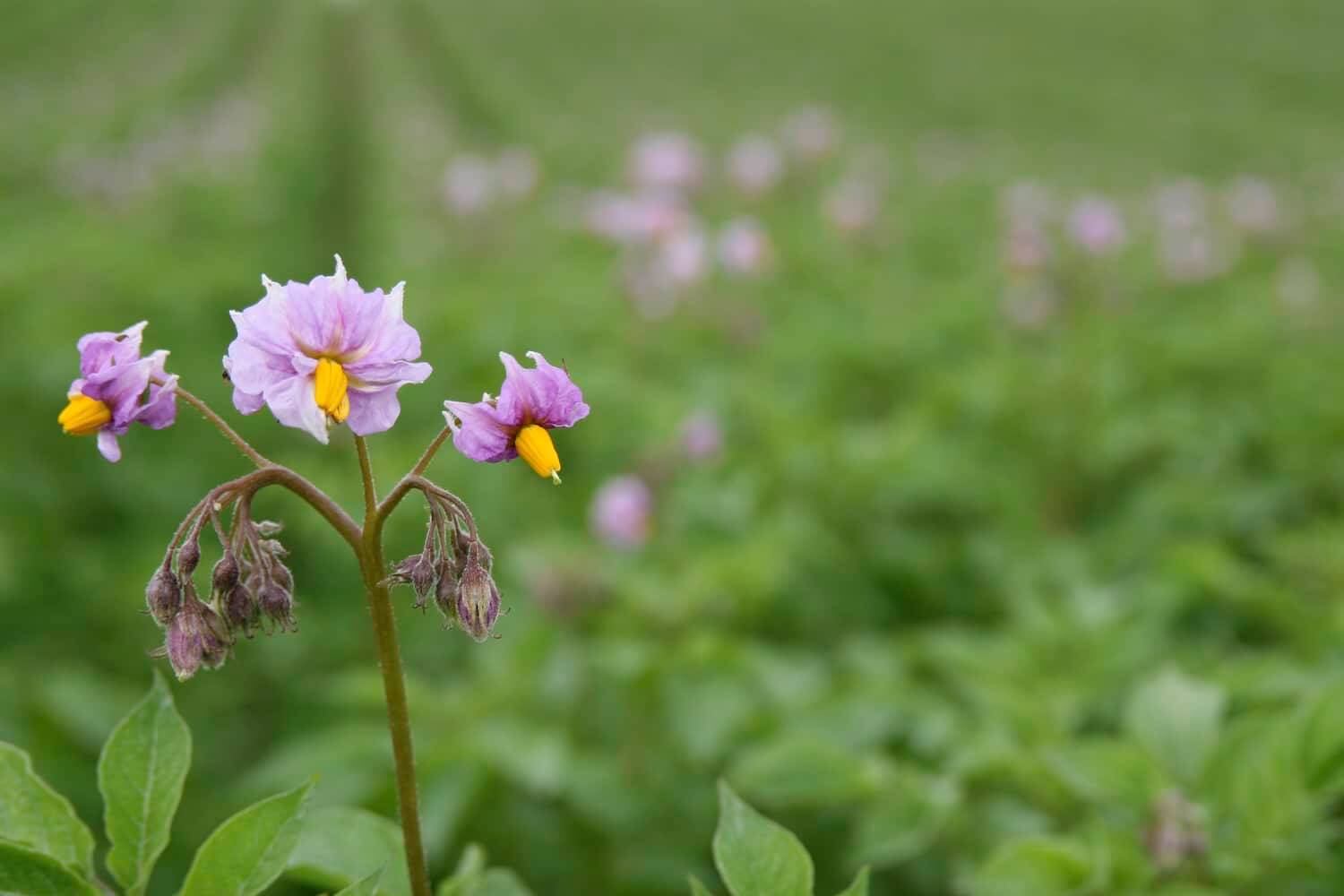Like many of us during these extended periods of lockdown, I’ve discovered a new-found appreciation of the countryside.
With this renewed sense of gratitude and value has come more awareness; from the woodpecker that lives in the spinney nearby, to the smell of wild garlic flourishing. But most of all I started to question: what shapes our landscape?
This new attitude of curiosity towards my local countryside, to which I’d previously been very much ambivalent, revealed some interesting stories about our nation’s dark past.
It began at the start of the year as I was walking over a grass field in the Northamptonshire village where I grew up. I must have walked over this field that leads up to our garden more than a thousand times before.
I noticed it has an undulating pattern, reminiscent of small waves oscillating through the open ocean. It seemed far too regular to be a naturally occurring feature of the land. Then I started to see the same phenomenon on grass fields everywhere.
I asked my ex-farmer and amateur historian Grandma, and she explained that these are the remnants of the open field system and a medieval farming technique called ‘ridge and furrow’. It’s named as such because of the distinctive ridges left by the process of centuries of ploughing in the same place that made a narrow trench, known as a furrow.
She plied me with books on medieval fields, village records of land ownership, and even a copy of the Domesday Book. It’s fair to say I was in too deep to back out now.
Ridged fields are particularly common in the Midlands, where I live, explaining its ubiquity in the surrounding area. However, according to historian and archaeologist David Hall, they’re also common in northern English counties, and in the low-lying lands of Wales and Scotland.
Instead of individual pockets of enclosed land that we see now, open fields were much larger and were divided into narrow strips of cultivated land. In some cases, you can even see where the horse or ox had to turn around at the end of the strip.

In this system, each strip was managed by one family within large open fields held ‘in common’. These common lands were owned collectively or when they were owned by one person, commoners would have a right to cultivate or graze them.
“Open field farming was a communal affair,” writes Hall in his book Medieval Fields. “In this way, all parts of the parish, good soil and bad soil alike, were shared out among the village community.”
According to Hall, what would now be a single field was divided among lords, tenants, and poorer peasants, who were allowed to live on the land in return for cultivating it.
The reason we can identify traces of these ancient farming systems so clearly on grass fields is down to the Enclosures Acts, which began in the 16th century. The more I started to dig into these acts, the more it felt like I was uncovering a scandal of England’s sinister past.
As more productive farming techniques were developed, landowners wanted to shift away from this complicated and low-yielding communal distribution of land in the open field system.
The Enclosures Acts, or rather the ‘tragedy of the commons’ as coined by ecologist Garrett Hardin, allowed landowners to enclose the common land into what we now recognise as fields, and were permitted to do so with force if required.
This enabled higher productivity and justified landowners to increase the rent. The burgeoning wool trade was also a prime reason to allocate more land to permanent pasture for sheep.
When we see the trademark pattern of ridge and furrow in grass fields, it’s because they have never been ploughed using modern techniques, leaving them intact, ridge and all.

Statistics from Parliament estimates some 6.8 million acres were enclosed from the first act in 1604 and 1914, and thousands of rural communities were affected. As Tim Lang, professor of food policy at City University London, puts it: “The enclosures was brutal, political act of stopping people going into the land.”
These acts allowed landowners to rip up the subsistence economies and started the transition into agricultural production for profit, explains Jason Hickel, author of Less is More: How degrowth will save the world.“Commoners lost their access to land, forests, game, fodder, water, fish, all the resources necessary for life,” he says.
According to Hickel, this process also paved the way for industrialisation, because it left an internal refugee crisis as peasants were forcibly removed from the land by the Enclosures Acts, and in need of work.
“It’s a precondition for industrialisation,” says Lang, similarly. “Enclosures took people off the land, made them fodder for industrialisation because they didn’t have means to exist because the common land had been enclosed. Their options were narrow, and they became industrial proletariat fodder.”
This discovery feels all the more poignant as the same issues that once plagued our ridge and furrow farmers are still prominent today. The enclosures began a pattern of land ownership that has only gone in one direction. Guy Shrubsole, author of Who Owns England, estimated that in 2019 one per cent of the population owns 50 per cent of the land.”

Meanwhile, the environment is also suffering as a result of industrialised farming. A recent report by Chatham House found that the global food system is the principal driver of accelerating biodiversity loss. Not to mention the impact of food on global warming, estimated to account for 20 per cent of UK emissions.
This is not to say that the Enclosures Acts are responsible for all of the woes that society face, that is much is clear. As Lang says: “The enclosures started in the 16th century, so we’re stretching it a bit if we say it’s a 500-year direct connection.”
But clearly, the theme of chasing productivity gains at any means necessary is a pertinent one for our times.
As for me, whenever I walk over the rippling waves of these ancient farming relics, I’ll always imagine the people coming together to grow food in a communal way.
And perhaps the past can still offer lessons in how a sense of communality on the land could help us tackle some of the many challenges of the future.










Jack
Great photos-I would like to use some of these images with students at a further education college and perhaps a Blog. First question : may I do this? ; Second question if so please spell out who to credit these images to.
You may be interested in two books – one about Bedfordshire calle, , A Certain Degree of Magnifence, which features ridge and furrow in that county, And more recently, How to Value a Skylark: The Countryside in a Time of Change. Both are on Amazon . Look for Brian Kerr as author. Nice piece of writing also
No problem at all, be my guest. Credit for all three is: Jack Thompson.
I’ve got a few more photos if you’re interested?
I’m not sure if you’re aware but there is still a working example of the open field system in Laxton in Nottinghamshire. I’m definitely going to check it out when restrictions ease!
Thanks for the book recommendations.
many thanks – There are also areas of North Bedfordshie where the landscape is realtively unchanged from Open fields. However these are now worked as large farming enterprises
Many thanks BK
Very interesting article, lots more to discover, good book recommendations, but please try to use bookshop.org which supports independent bookshops. Please don’t use the big giants who are taking over and there have been complaints about how they treat their workers too.
We love bookshop.org – thanks for the reminder to support our local independent bookshops.
Laxton in Nottinghamshire still maintains its open field system and farmers meet once a year to decide what crops to sow.
Braunton Great Field in Devon is still in existence as an open field system, I believe. It’s a delight to see.